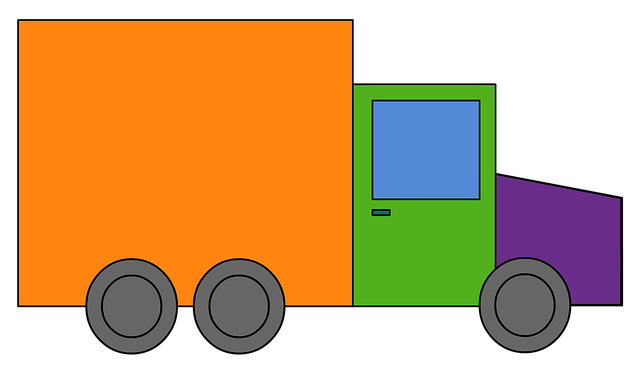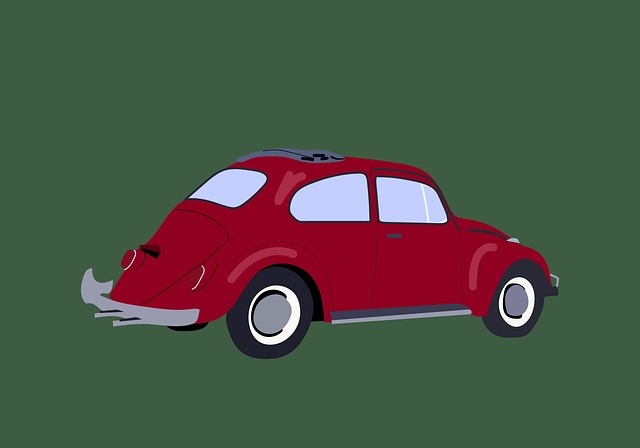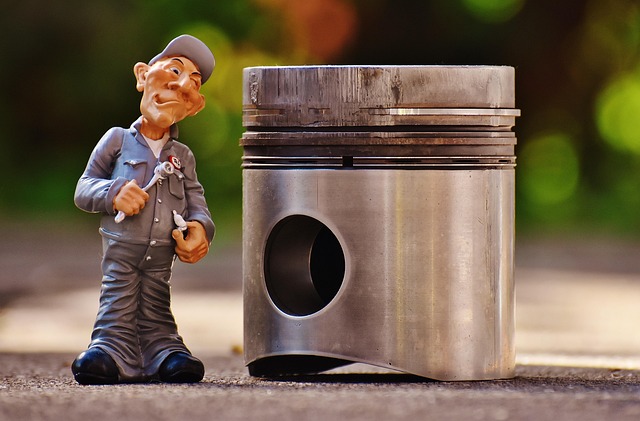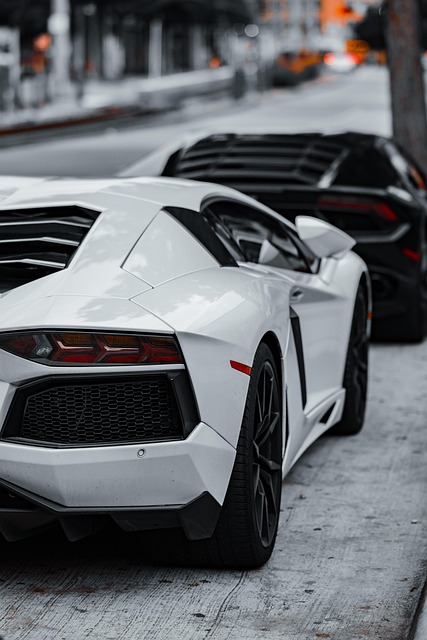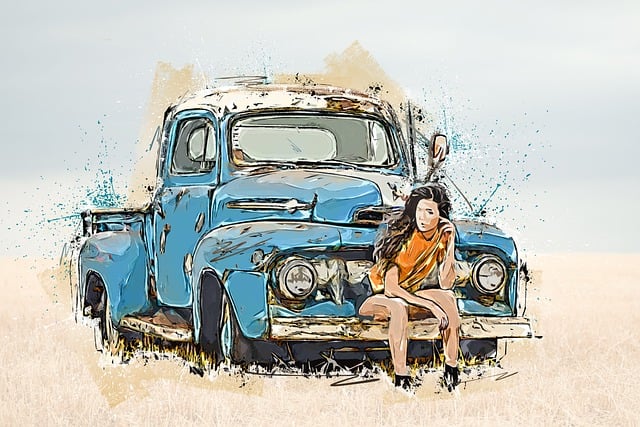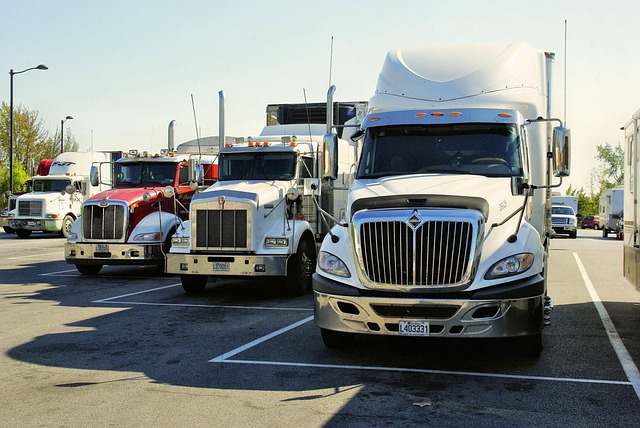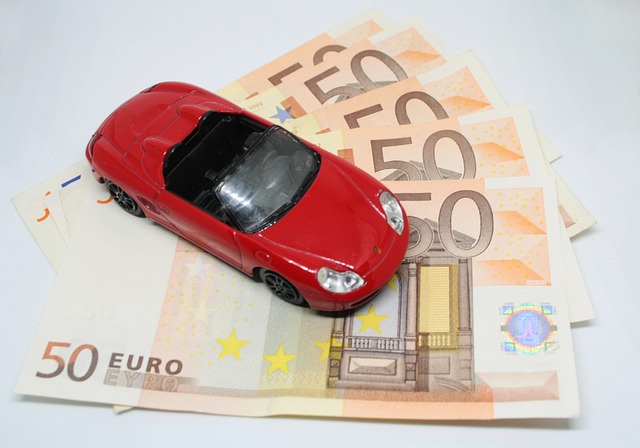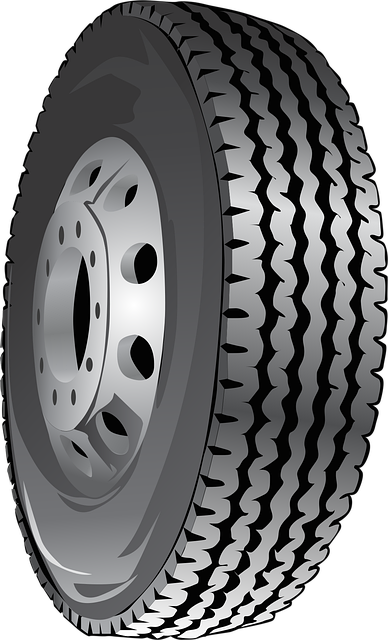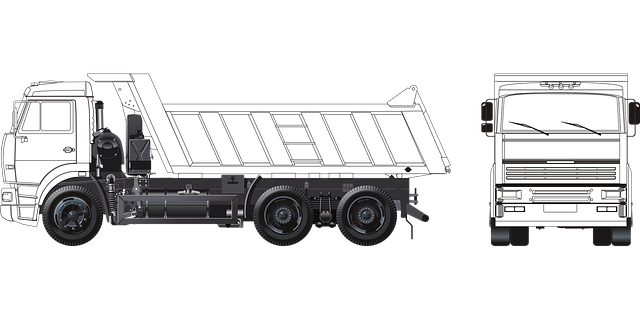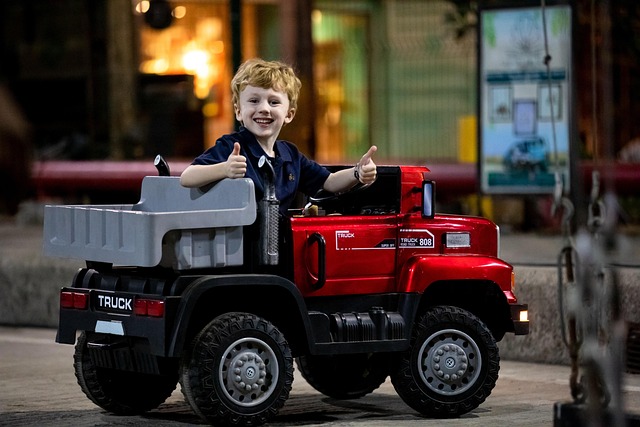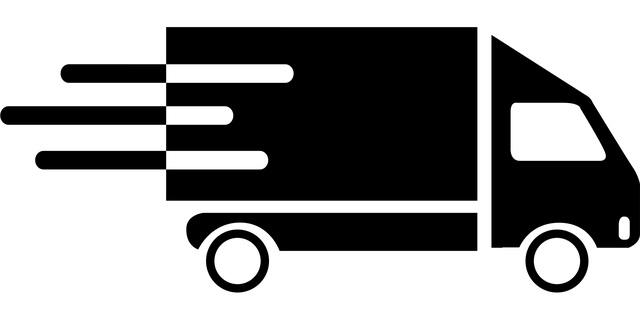Learn how to register your car in California with our step-by-step guide. Understanding the state’s requirements is crucial, so we’ll walk you through gathering essential documents, verifying vehicle identity using a VIN (vehicle identification number), selecting an approved registration location, and completing the application form. Follow these steps diligently for a smooth process.
- Understand California Car Registration Requirements
- Gather Necessary Documents for Car Registration
- Verify Vehicle Identity Using VIN (Vehicle Identification Number)
- Choose an Approved Registration Location in California
- Complete and Submit the Car Registration Application Form
Understand California Car Registration Requirements

Before registering your car in California, it’s crucial to understand the state’s specific requirements. One key step is ensuring your vehicle has a valid and accurate Vehicle Identification Number (VIN) verification. This process confirms the vehicle’s make, model, year, and other essential details, which are then cross-referenced with California’s records. A mobile VIN verifier can facilitate this step by providing on-site inspections, making the registration process more convenient for both you and the DMV.
Additionally, California requires that all vehicles meet certain safety and emission standards. These standards are designed to ensure road safety and environmental protection. During the registration process, your vehicle will undergo an inspection to verify compliance with these requirements, often referred to as a mobile VIN inspection. By addressing these aspects proactively, you can streamline the car registration process in California and avoid potential delays or issues.
Gather Necessary Documents for Car Registration

Before you begin the registration process, make sure you have all the required documents ready. One crucial piece is the Vehicle Identification Number (VIN) verification. You can use a mobile VIN verifier to ensure the vehicle’s identity and history are accurate. This step is essential as it protects against fraud and helps determine the car’s eligibility for registration.
Gathering these documents will streamline the process, so consider a mobile VIN inspection to verify the VIN, along with other necessary papers like the title, proof of insurance, and current registration (if applicable). It’s recommended to check with the California Department of Motor Vehicles (DMV) for their specific requirements, as they may have additional forms or guidelines to follow.
Verify Vehicle Identity Using VIN (Vehicle Identification Number)
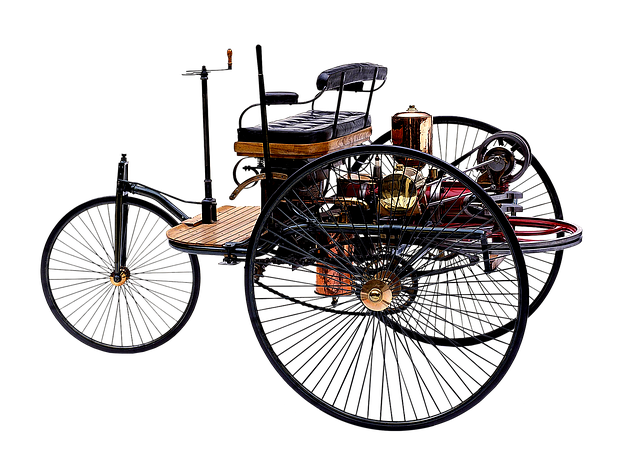
Before you begin the registration process, it’s crucial to ensure your vehicle’s identity is verified using its unique Vehicle Identification Number (VIN). This critical step acts as a cornerstone in ensuring the accuracy of your car’s details during registration. A VIN verifier, whether through a mobile app or an official service, plays a pivotal role here by cross-referencing your vehicle’s information against reliable databases, confirming its make, model, year, and other essential specifications.
For instance, a mobile VIN inspection allows you to quickly and easily access detailed vehicle history reports right from the comfort of your smartphone. This digital tool not only verifies the VIN but also provides valuable insights into any previous accidents, maintenance records, and potential red flags that could impact your registration or safety.
Choose an Approved Registration Location in California

When registering your car in California, one crucial step is to select an approved registration location. The Golden State offers various options, including Department of Motor Vehicles (DMV) offices and certain third-party providers. It’s essential to choose a place that facilitates efficient and secure processes, such as those equipped with advanced technologies for accurate vin inspection and verification.
California residents should look out for locations that provide mobile vin inspection or mobile vin verification services, especially if they prefer a more convenient and flexible approach. These options allow drivers to complete their registration needs without the hassle of visiting a physical location, ensuring a swift and seamless experience while maintaining the integrity of the vehicle’s identification number (VIN) data.
Complete and Submit the Car Registration Application Form

To start the registration process for your car in California, begin by obtaining a Vehicle Identification Number (VIN) verification report. You can complete this step easily through a mobile VIN inspection or by using an online tool provided by the DMV. This form requires accurate and up-to-date information about your vehicle, including its make, model, year, and specific details like the engine size and color. Ensure all details are correct to avoid any delays in the registration process.
Once you have your VIN verification report, submit it along with the required fees and the Car Registration Application Form at a California DMV office or, if available, utilize their online services. The application form is straightforward, asking for personal information about the vehicle owner and detailing the car’s specifications. Remember to bring all necessary documents, including proof of insurance and identification, to ensure a smooth registration experience.
Registering a car in California involves understanding specific requirements, gathering essential documents, and completing an application. By verifying your vehicle’s identity using a VIN verifier, you ensure accuracy. Choose an approved registration location, fill out the application form diligently, and submit it to complete the process successfully. Remember to keep your registration up-to-date for smooth driving in the Golden State.
